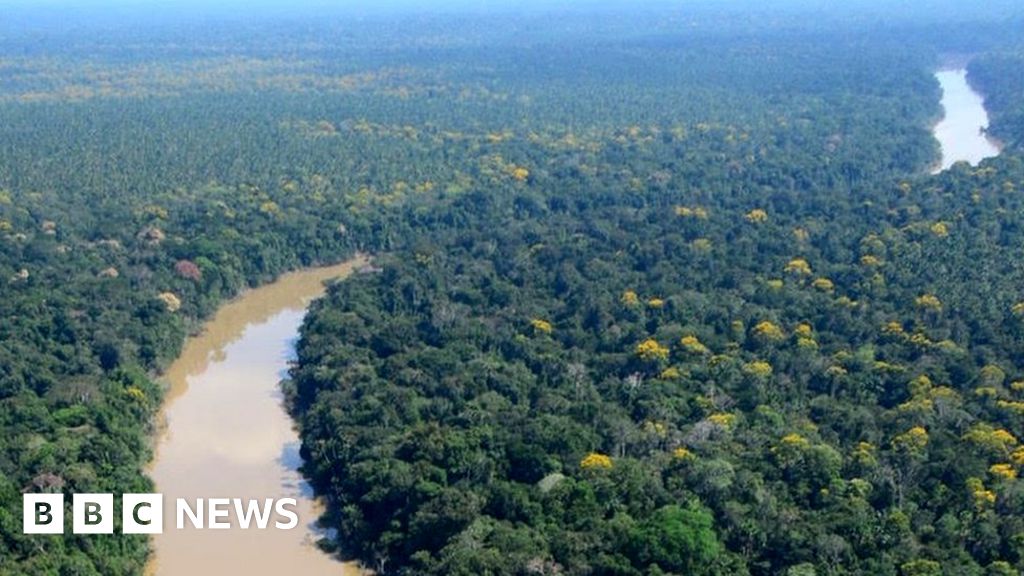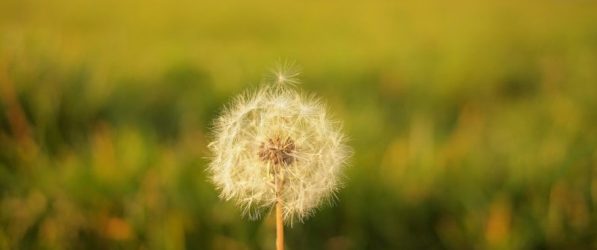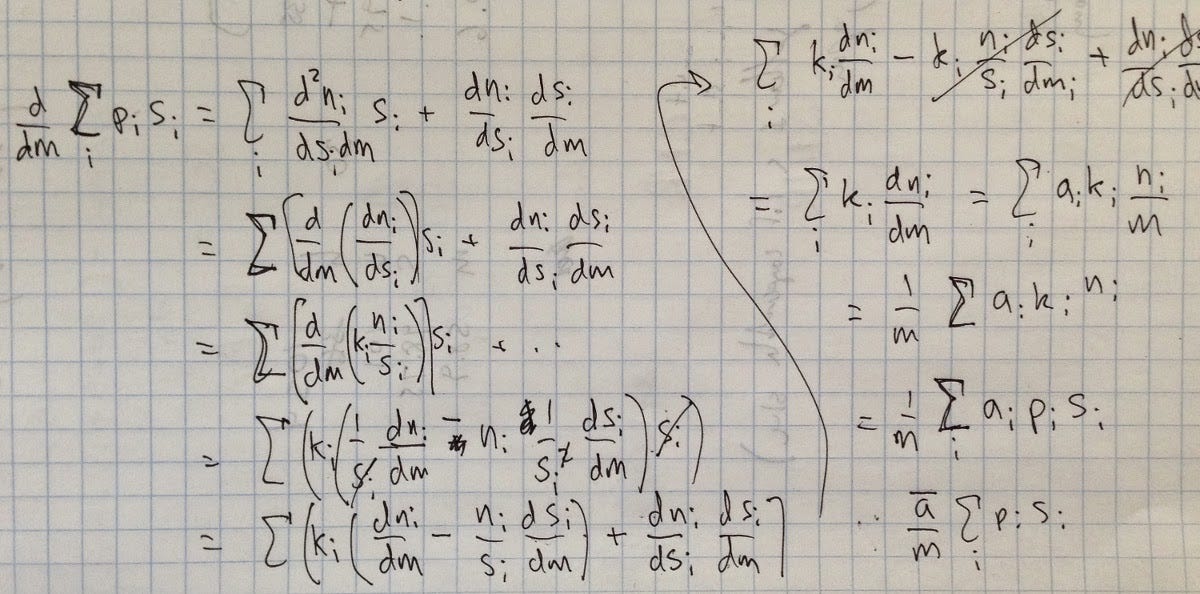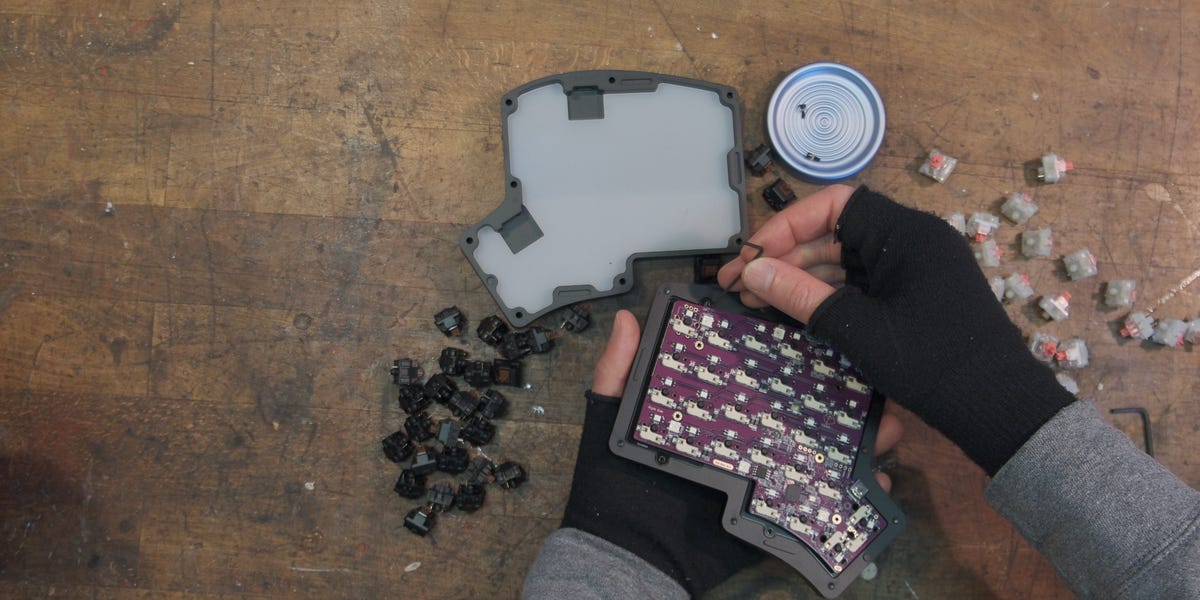
Pioneer species - Wikipedia
Pioneer species are resilient species that are the first to colonize barren environments, or to repopulate disrupted biodiverse steady-state ecosystems as part of ecological succession. A number of kinds of events can create good conditions for pioneers, including disruption by natural disasters, such as wildfire, flood, mudslide, lava flow or a climate-related extinction event[ 1] or by anthropogenic habitat destruction, such as through land clearance for agriculture or construction or industrial damage. Pioneer species play an important role in creating soil in primary succession, and stabilizing soil and nutrients in secondary succession.[ 2]
For humans, because pioneer species quickly occupy disrupted spaces they are sometimes treated as weeds or nuisance wildlife, such as the common dandelion or stinging nettle.[ 3] [ 2] Even though humans have mixed relationships with these plants, these species tend to help improve the ecosystem because they can break up compacted soils and accumulate nutrients that help with a transition back to a more mature ecosystem.[ 4] [ 5] [ 2] In human managed ecological restoration or agroforestry, trees and herbaceous pioneers can be used to restore soil qualities and provide shelter for slower growing or more demanding plants.[ 5] [ 6] [ 7] Some systems use introduced species to restore the ecosystem,[ 2] or for environmental remediation.[ 8] The durable and characteristics of pioneer species can also make them to become potential invasive species, or interfere with biodiversity by quickly occupying an area.[ 9] [ 2] [ 10]
Some lichens grow on rocks without soil, so may be among the first of life forms, and break down the rocks into soil for plants.[ 11] Since some uninhabited land may have thin, poor quality soils with few nutrients, pioneer species are often hardy plants with adaptations such as long roots, root nodes containing nitrogen-fixing bacteria, and leaves that employ transpiration. Note that they are often photosynthetic plants, as no other source of energy (such as other species) except light energy is often available in the early stages of succession, thus making it less likely for a pioneer species to be non-photosynthetic.





















